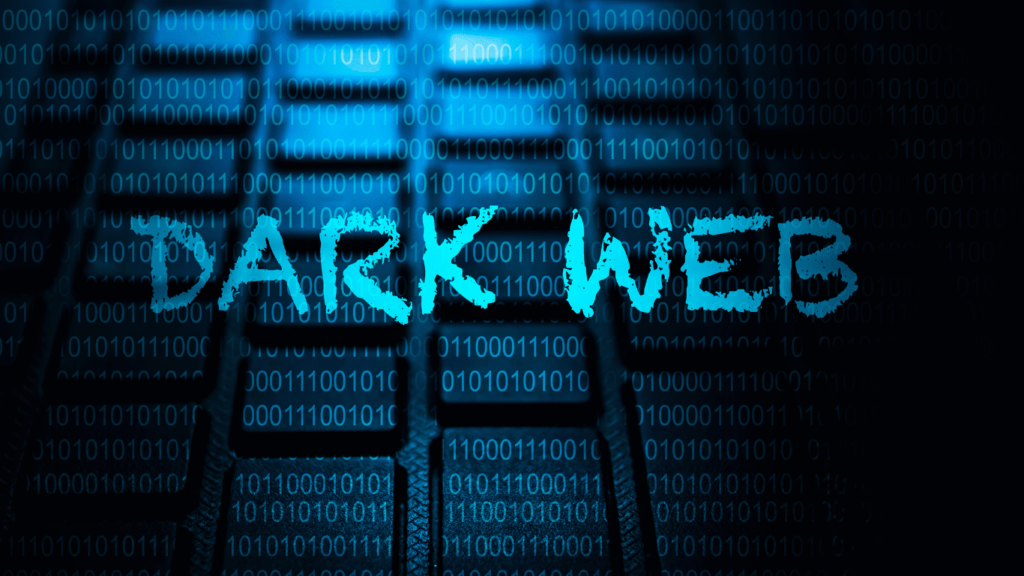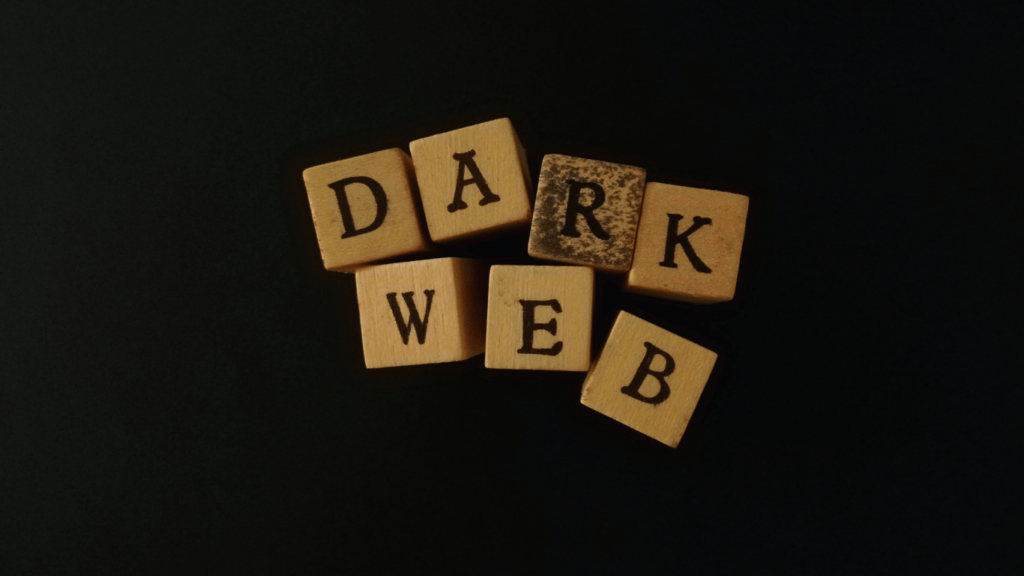The internet is a vast place, but most of us only interact with a small part of it—the surface web. It’s where we browse social media, shop, and search for information. Yet, beneath this familiar layer lies the dark web, a hidden realm often surrounded by mystery and misconceptions.
While the surface web is easily accessible and indexed by search engines, the dark web operates in the shadows, requiring specialized tools to access. For many, this hidden layer sparks curiosity, but it also raises concerns about safety and privacy. Understanding the differences between these two spaces is key to navigating the internet securely.
Understanding the Surface Web
The surface web comprises the publicly accessible part of the internet visible through standard search engines like Google and Bing. It’s the part where most online activities occur without requiring special tools or configurations.
What Is the Surface Web?
The surface web refers to web content indexed by search engines, making it easy to locate using standard browsers. This includes websites utilizing HTTP or HTTPS protocols and accessible to anyone with an internet connection. Unlike the deep or dark web, surface web content is not hidden behind login pages or encryption layers, allowing quick public interaction and visibility.
Examples of Common Surface Web Activities
- Browsing websites: Reading news articles from sites like CNN or BBC, researching on Wikipedia, or exploring blogs.
- Engaging on social media platforms: Using public accounts on Facebook, Instagram, or Twitter for communication or content sharing.
- Shopping online: Buying products on Amazon, eBay, or other e-commerce platforms offering public access.
- Accessing streaming services: Watching shows or videos on YouTube, Netflix, or similar freely available sites, if account creation isn’t a barrier.
- Handling basic tasks: Conducting online banking, sending emails, or using search engines for general queries in publicly accessible areas of the web.
All these activities occur quickly within the indexed and open structure of the surface web.
Exploring the Dark Web
The dark web contains parts of the internet not indexed by standard search engines. It’s intentionally hidden and accessed through specialized tools, offering both legitimate and illicit activities.
What Is the Dark Web?
The dark web refers to encrypted online content that isn’t visible to regular search engines like Google. Unlike the surface web, accessing the dark web requires tools such as Tor or I2P. It hosts websites and services where user anonymity is prioritized. Legitimate uses include whistleblowing platforms and forums for political activists, while illegal activities like black market transactions and illicit data trading are also prevalent.
How Does the Dark Web Work?
The dark web operates through overlay networks built on encrypted infrastructure. Access occurs through software like Tor, which reroutes internet traffic across multiple servers to anonymize users. Websites on the dark web use specialized domain suffixes, commonly .onion addresses, to remain concealed. Encryption ensures privacy, making the dark web appealing to users seeking confidentiality but also enabling illegal behavior. Without proper precautions, accessing this space can expose users to malware, scams, or surveillance.
Key Differences Between the Dark Web and Surface Web
The dark web and surface web differ significantly in how they are accessed, used, and perceived. Each serves unique purposes, with varying levels of accessibility, visibility, and safety.
Accessibility and Visibility
I don’t need special tools to access the surface web; it’s openly accessible through standard browsers like Chrome, Safari, or Edge. Search engines index its content, making it easy to find websites and pages through keyword searches.
The dark web, however, isn’t indexed by standard search engines. Accessing it requires specialized software like Tor or I2P, which creates encrypted connections to ensure anonymity. Without these tools, content on the dark web remains hidden and unreachable.
Usage and Purpose
The surface web supports daily online activities like reading news, shopping, or using social media. Examples include browsing articles on reputable sites, checking email accounts, or streaming videos through platforms like YouTube.
Conversely, the dark web caters to niche and, at times, controversial uses. While it hosts legitimate platforms for whistleblowers and privacy advocates, it also facilitates illegal activities such as drug trading and data theft. Proper understanding and caution are essential when engaging with content on the dark web.
Risks and Challenges of the Dark Web

Exploring the dark web introduces unique risks due to its anonymity and unregulated nature. Users face dangers that extend beyond technical threats, raising both personal and legal concerns.
Potential Dangers for Users
Navigating the dark web exposes users to cyber risks like malware, ransomware, and phishing schemes. Many sites contain hidden links that can install harmful software or steal sensitive information. Scammers on the dark web often entice users with fraudulent marketplaces to steal funds or personal data. Without proper tools like VPNs and updated security software, users risk identity theft and surveillance.
Collaboration with malicious entities is another danger. Forums may appear harmless but could lead users into illegal activities, such as purchasing stolen credentials or engaging in prohibited trades. Trust is scarce, and even legitimate platforms might inadvertently connect users to unsafe networks.
Legal and Ethical Concerns
Interacting with the dark web raises questions about legality based on the accessed content. Though it’s not illegal to use tools like Tor, visiting sites tied to drug trafficking, hacking services, or counterfeit goods can violate laws and lead to severe consequences. Law enforcement monitors illegal activities, and unintentional access to illicit platforms might attract scrutiny.
Ethical dilemmas arise when supporting dark web platforms that host illegal content. Even passive engagement, like browsing illegal marketplaces, might indirectly encourage harmful enterprises. Staying informed about the legal and ethical implications is essential for anyone venturing online, particularly within unmoderated domains.
Staying Safe Online
Navigating both the surface web and dark web requires vigilance to protect personal data and avoid cyber threats. Adopting proper security measures ensures a safer online experience.
Best Practices for Surfing the Surface Web
- Enable HTTPS connections: Use websites with HTTPS URLs, as they encrypt data during transmission. This is vital for online banking, shopping, and entering sensitive details.
- Install antivirus software: Active antivirus programs detect and block malware or phishing attempts. Regularly updating the software strengthens protection against evolving threats.
- Avoid public Wi-Fi for sensitive tasks: Public networks lack encryption, increasing risks of data interception. Use a VPN if connecting through public Wi-Fi.
- Practice strong password hygiene: Create unique, complex passwords for different accounts. Using a password manager simplifies storage and management.
- Verify email and website authenticity: Phishing scams target users on the surface web. Double-check sender details and avoid clicking on suspicious links.
Essential Tips for Avoiding Dark Web Risks
- Use trusted tools like Tor responsibly: The Tor browser anonymizes users but doesn’t guarantee safety. Secure configurations reduce exposure to harmful content.
- Refrain from accessing suspicious sites: Avoid entering marketplaces or forums known for illegal activities. Even accidental visits can lead to legal scrutiny.
- Disable scripts in your browser: JavaScript vulnerabilities on dark web pages may execute malicious code. Adjust browser settings or install script-blocking plugins.
- Maintain anonymity cautiously: Protect identities by masking IP addresses and avoiding personal data sharing. Never use identifiable accounts or information.
- Stay informed about regulations: Understand laws governing dark web access in your jurisdiction. Violations like accessing illicit content can result in serious charges.



